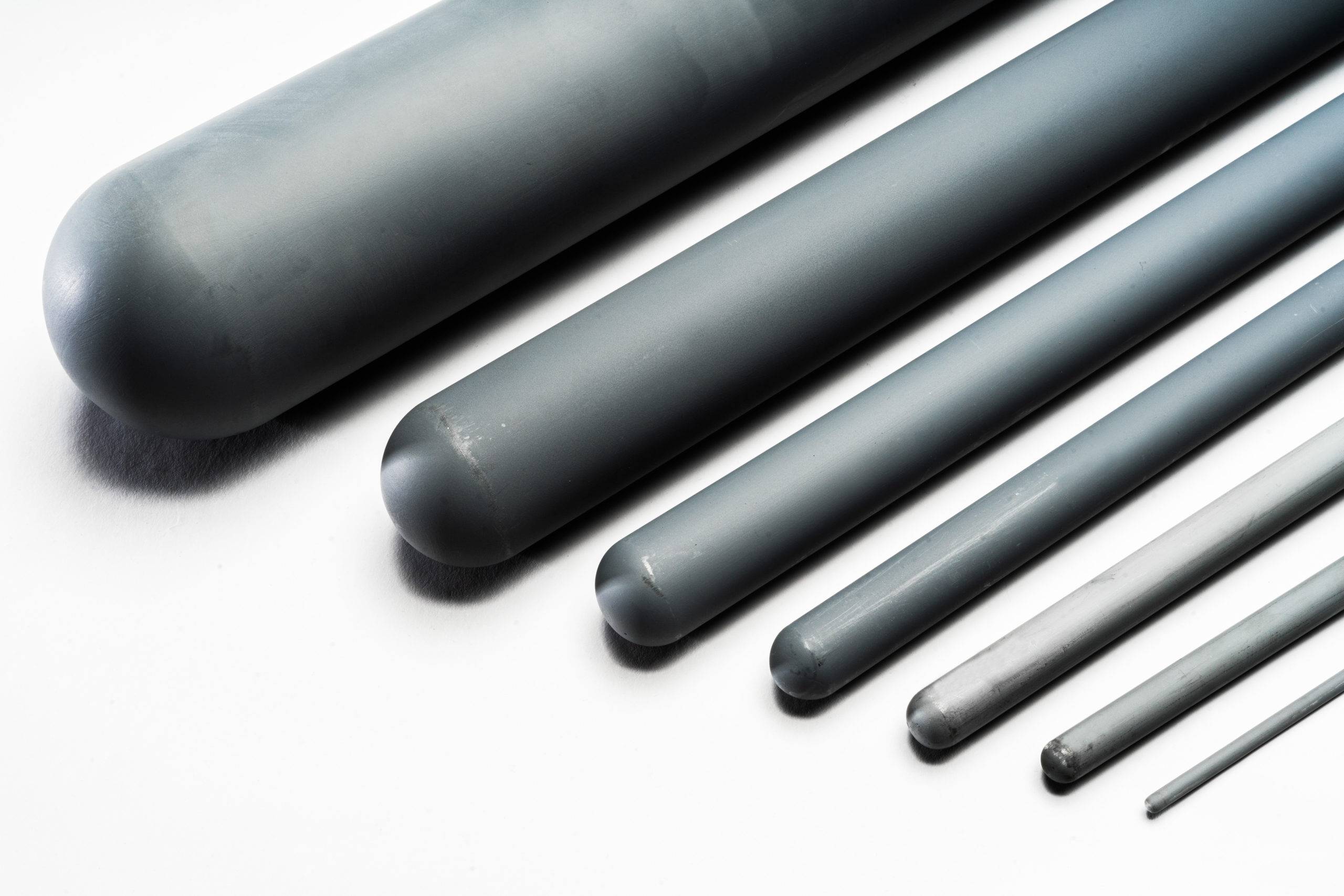Thermocouple Protection Tubes: The Role of Advanced Ceramics in Extreme Environments
Thermocouple Protection Tubes: Shielding Precision in Extreme Environments
Thermocouples are indispensable for temperature measurement in industrial processes, but their accuracy and longevity depend heavily on the durability of their protective components. Among these, thermocouple protection tubes—especially those made from advanced ceramics—have emerged as critical enablers of precision in harsh environments. This blog explores the materials, innovations, and applications driving this field, with a focus on cutting-edge ceramic solutions.
Why Ceramics Dominate Thermocouple Protection
Ceramic materials are uniquely suited for thermocouple protection due to their exceptional thermal stability, chemical resistance, and mechanical strength. Key advantages include:
-
Extreme Temperature Resistance: Ceramics like alumina (Al₂O₃) and silicon carbide (SiC) withstand temperatures exceeding 1,700°C, making them ideal for steelmaking and aerospace applications.
-
Corrosion Resistance: Composite ceramics such as BN-AlN-TiB₂ demonstrate remarkable resistance to molten steel and slag erosion, with minimal thickness reduction even after prolonged exposure.
Thermal Shock Resilience: Innovations like high-entropy ceramics (e.g., porous borides) maintain structural integrity under rapid temperature fluctuations, critical for hypersonic vehicle testing.
Key Ceramic Materials for Protection Tubes
-
-
BN-AlN-TiB₂ Composites
-
Developed for continuous temperature measurement in molten steel, this composite reduces erosion by forming a protective TiO₂ layer, achieving ±2°C accuracy over 4.5 hours1.
-
Applications: Steelmaking, glass furnaces, and high-temperature metallurgical processes.
-
-
Oxide Ceramics
-
Alumina (Al₂O₃): Widely used for its high thermal conductivity (35 W/m·K) and low porosity, ideal for reducing gas ingress in corrosive environments9.
-
Zirconia (ZrO₂): Phase-stabilized variants offer superior fracture toughness, making them suitable for high-vibration settings like turbines9.
-
-
High-Entropy Ceramics
-
Multi-component ceramics (e.g., nano-porous borides) combine ultra-high strength (2000°C stability) with low thermal conductivity, revolutionizing aerospace and energy applications5.
-
-
Silicon Nitride (Si₃N₄)
-
Low wettability by molten metals and resistance to thermal fatigue make it a top choice for aluminum smelting and semiconductor manufacturing
Innovations in Material Design and Manufacturing
-
Hybrid Composites
-
Metal-ceramic hybrids like Pyrotek MC-1 blend oxidation resistance with thermal conductivity, optimizing performance in molten copper and brass processing2.
-
Nano-Coating Technologies: Nanoscale high-entropy ceramic coatings (e.g., Fe₂O₃/CaO-modified SiC) enhance durability in coal-fired power plants, reducing boiler corrosion and improving energy efficiency by 5.19%410.
-
-
Sustainable Manufacturing
-
Researchers are repurposing industrial waste, such as activated coke fly ash (ACFA), to lower the sintering temperature of SiC tubes by 600°C while boosting mechanical strength by 25%2.
-
-
Smart Protection Systems
-
Emerging "smart tubes" integrate embedded sensors for real-time diagnostics, enabling predictive maintenance in critical processes like plasma etching for semiconductors28.
-
Applications Across Industries
-
Metallurgy
-
BN-AlN-TiB₂ tubes enable precise temperature control in continuous casting, while alumina tubes monitor blast furnaces with minimal slag adhesion19.
-
-
Energy and Aerospace
-
High-entropy ceramics protect thermocouples in rocket engines and gas turbines, where thermal cycling and vibration are extreme510.
-
-
Chemical Processing
-
PTFE-coated ceramic tubes resist HF and SO₃ corrosion, ensuring safety in acid production and petrochemical refining9.
-
-
Electronics Manufacturing
-
Silicon nitride tubes maintain ±0.1°C stability in vacuum chambers for semiconductor plasma etching, critical for nanometer-scale precision2.
-
Challenges and Future Directions
-
Material Brittleness
-
While ceramics excel in hardness, their brittleness remains a limitation. Solutions include fiber-reinforced composites and self-healing coatings9.
-
-
Cost and Scalability
-
High-purity raw materials (e.g., SiC powders) drive costs. Waste-derived alternatives like ACFA are reducing expenses by 22.7% while maintaining performance2.
-
-
Next-Generation Materials
-
Research on carbon-fiber-reinforced ceramics and AI-optimized material designs aims to push temperature limits beyond 2000°C59.
-
Conclusion
From molten steel to hypersonic jets, advanced ceramic thermocouple protection tubes are redefining reliability in extreme environments. Innovations like high-entropy composites and sustainable manufacturing not only enhance performance but also align with global circular economy goals. As industries demand higher precision and durability, the evolution of ceramic materials will remain central to achieving these benchmarks.For engineers and researchers, selecting the right ceramic—whether BN-AlN-TiB₂ for steelmaking or nano-coated SiC for energy—is no longer just a choice, but a strategic imperative.

-
-












